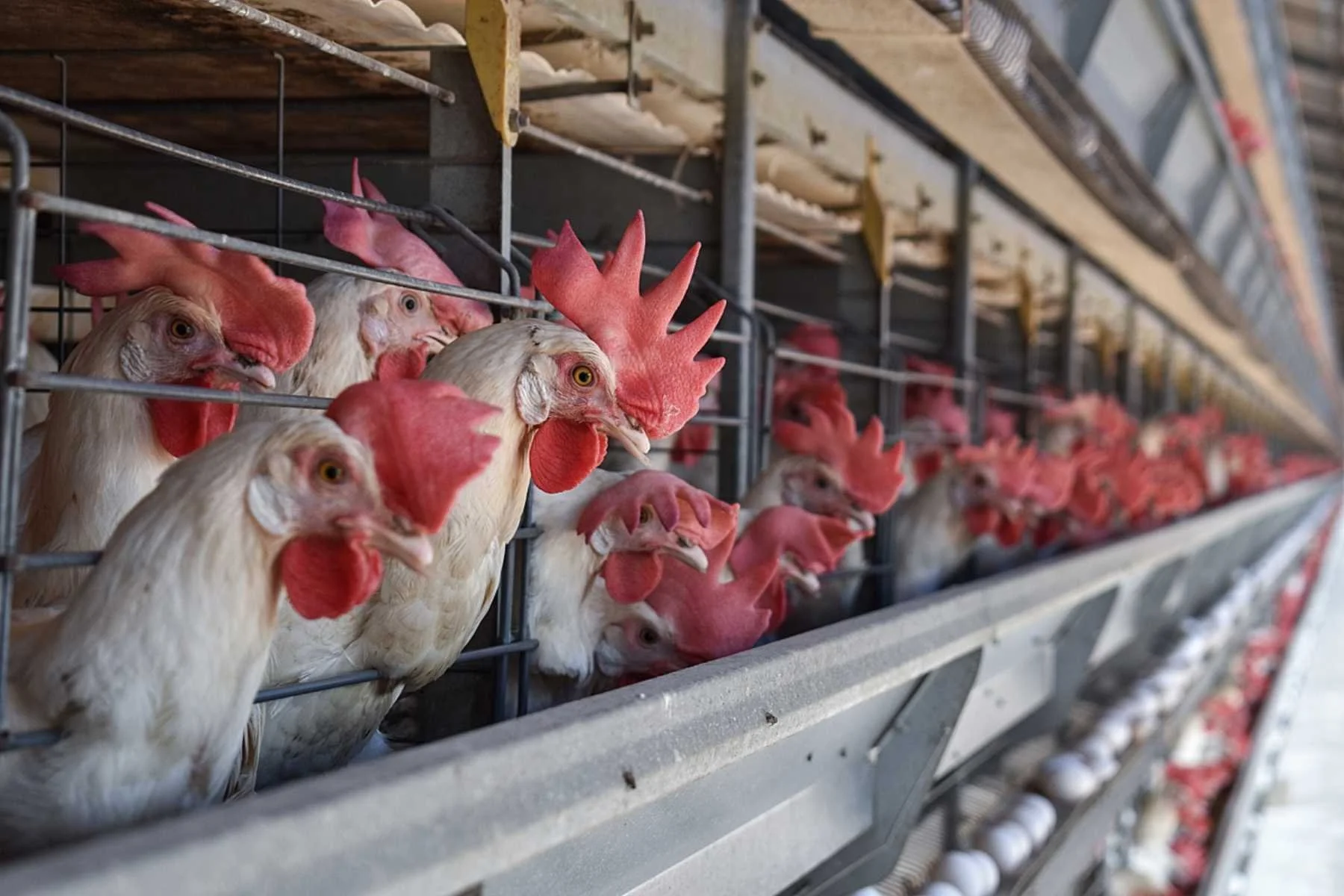Colorado Finalizes Plan to Reintroduce Gray Wolves
It’s taken almost two years of discussions with stakeholders, but now the animals are set to return to the state later this year.
Gray wolves are set to return to Colorado later this year as officials have finalized their plans for the state’s reintroduction of the animals.
On May 3, the Colorado Parks and Wildlife Commission voted to adopt the final draft of the agency’s Wolf Restoration and Management Plan. The vote was unanimous, and comes after nearly two years of collecting input from a broad range of stakeholders, including ranchers, scientists, hunters, advocates, wolf experts and community members.
"The plan developed by Colorado Parks and Wildlife is a significant step towards reintroducing gray wolves to Colorado," said Jamie Rappaport Clark, president and CEO of Defenders of Wildlife. "Through the collaborative efforts of state and federal agencies, conservation organizations and local communities, Colorado’s plan is clearly committed to restoring wolves while balancing the needs and concerns of all stakeholders. We hope these relationships continue as the state brings back this iconic species later this year.”
Colorado Parks and Wildlife (CPW) and the governor-appointed Commission were tasked with developing a science-based plan to reintroduce wolves west of the continental divide by December 31, 2023 after Colorado voters passed Proposition 114 back in 2020.
The plans will now have to obtain final confirmation from the U.S. Fish and Wildlife Service, before wolf reintroductions are set to begin by the end of the year.
How wolves will be reintroduced to Colorado
The new finalized plan outlines the several phases of the reintroduction process, which will start with the release of 10 to 15 wolves on state or private lands every winter for the next 3 to 5 years. This will result in around 30 to 50 wolves, who are set to be sourced from the northern Rockies.
The release zones for the core of Colorado’s wolf habitat will be at least 60 miles from any state or tribal border.
While it is statistically rare for producers to lose livestock to wolves, the plan includes compensation for ranchers and farmers for any confirmed cases of wolf depredation.
A win for wildlife and conservation
Reintroducing gray wolves to Colorado will restore the species in a key portion of its range between existing populations of wolves in the northern Rockies and critically imperiled Mexican gray wolves in New Mexico and Arizona. Mexican wolves could benefit from occasional interbreeding with northern wolves.
If the reintroduction plans are successful, then the species can be downlisted to state-threatened once there are 50 wolves in the state for 4 successive years, and delisted to nongame after there are 150 for two successive years or 200 at any time.
“Wolves are the engine of evolution for terrestrial ecosystems, and their return to Colorado will benefit deer and elk herds, the health of our forests, songbirds and even rare wolverines,” explains Michael Robinson, a senior conservation advocate at the Center for Biological Diversity.
Decades of persecution for Colorado’s wolves
Colorado’s original population of wolves was eradicated by 1945. During the “frontier” era, large amounts of money were spent to make way for livestock. In 1869 Colorado became the first Rocky Mountain state to enact a bounty on wolves — 50 cents per wolf. Colorado’s wolves were ultimately wiped out by federal salaried hunters, with the last wolf killed in 1945 in the San Juan Mountains.
In 1982 the Colorado Wildlife Commission, an appointed body dominated by ranchers, voted to oppose “every person or entity which may now or in the future suggest or plan” reintroduction of wolves. This largely persuaded the Fish and Wildlife Service to leave Colorado out of recovery planning that was the basis for wolf restoration elsewhere under the Endangered Species Act.
The fight to protect America’s wolves is the subject of Species Unite’s War on Wolves podcast series. Listen now as we speak with wolf experts, photographers, and conservationists to discover what we can do to stop the persecution of this iconic species before it’s too late.
We Have A Favor To Ask…
Species Unite amplifies well-researched solutions to some of the most abusive animal industries operating today.
At this crucial moment, with worldwide momentum for change building, it’s vital we share these animal-free solutions with the world - and we need your help.
We’re a nonprofit, and so to keep sharing these solutions, we’re relying on you - with your support, we can continue our essential work in growing a powerful community of animal advocates this year.
More stories:
Species Unite
A collection of stories of those who fight the good fight on behalf of animals.






Leather, wool, feathers: even if they were by-products, would that make a difference?